-
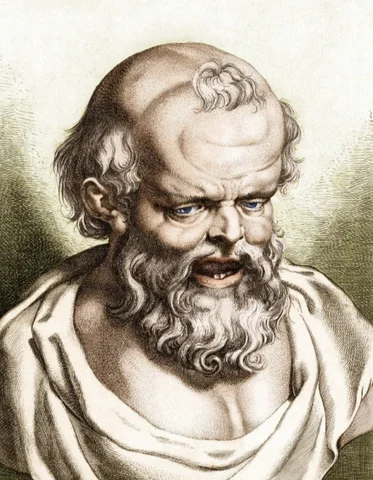 Democritus composed all bodies are made of many atoms. Also saying everything generally dose.
Democritus composed all bodies are made of many atoms. Also saying everything generally dose. -
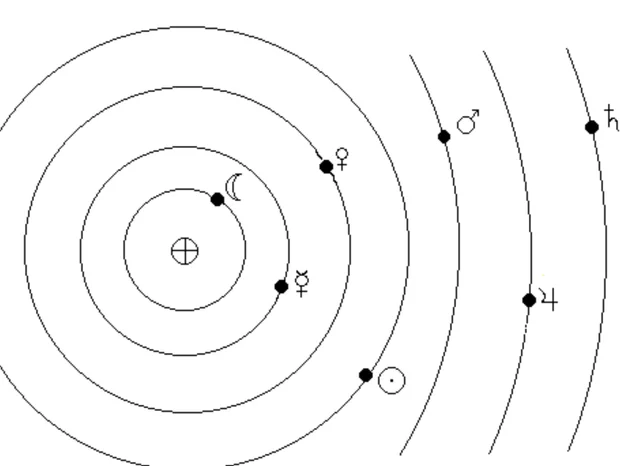 This model was referred to as Orrey. With a bunch of small atoms.
This model was referred to as Orrey. With a bunch of small atoms. -
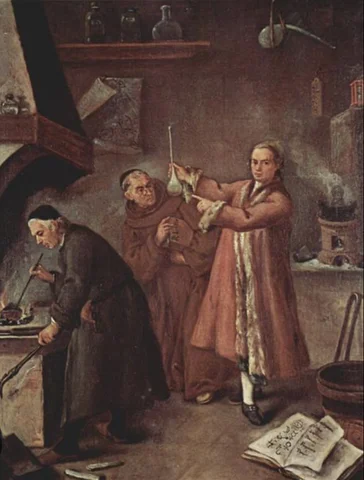 The Alchemists laid the groundwork for chemical processes. Also attempted to find the Stone of Knowledge (Philosopher’s Stone).
The Alchemists laid the groundwork for chemical processes. Also attempted to find the Stone of Knowledge (Philosopher’s Stone). -
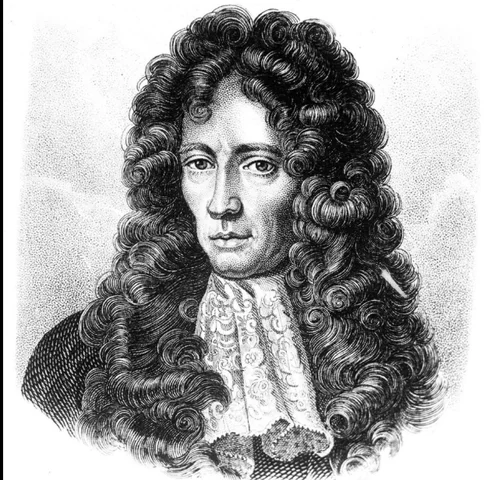 Robert Boyle demonstrated that particles of matter. He said these particles were in the atom & very small.
Robert Boyle demonstrated that particles of matter. He said these particles were in the atom & very small. -
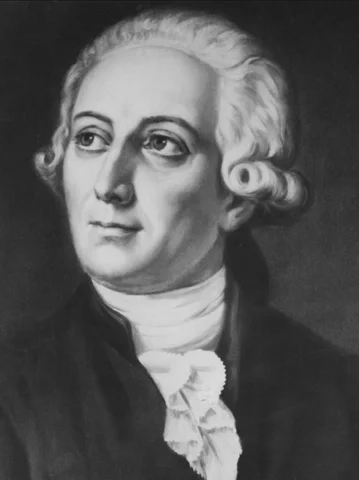 Antone Lavoisier defined the law of conversions of mass. Saying it is 1 kg to 9.8 N.
Antone Lavoisier defined the law of conversions of mass. Saying it is 1 kg to 9.8 N. -
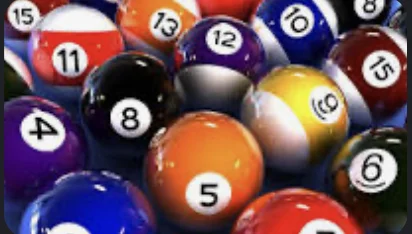 This model was referred to as a ball like structure. Also easy to relate to as 8-Balls.
This model was referred to as a ball like structure. Also easy to relate to as 8-Balls. -
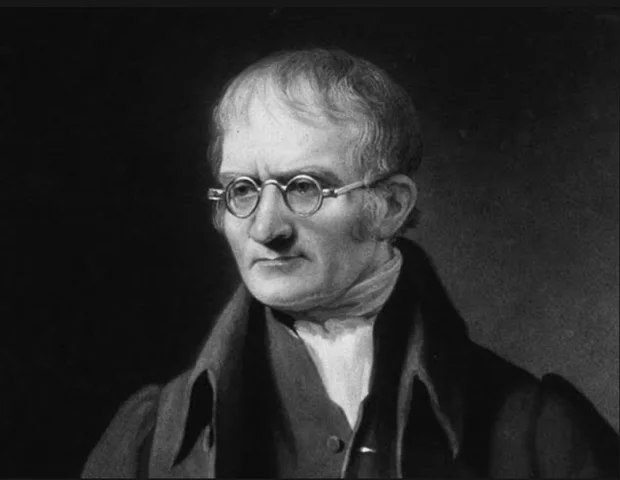 Suggested that all the matter was compromised of individual atoms. Also that they has masses and properties.
Suggested that all the matter was compromised of individual atoms. Also that they has masses and properties. -
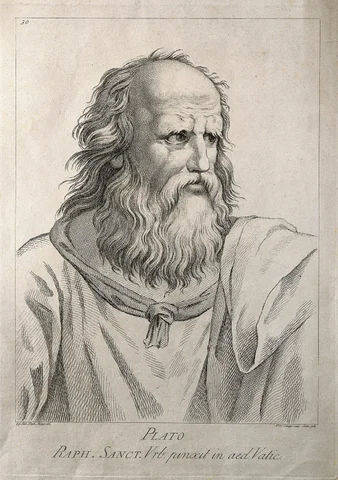 Plato theorized that soils have small invisible elements shaped like a triangle. Proven to be true
Plato theorized that soils have small invisible elements shaped like a triangle. Proven to be true -
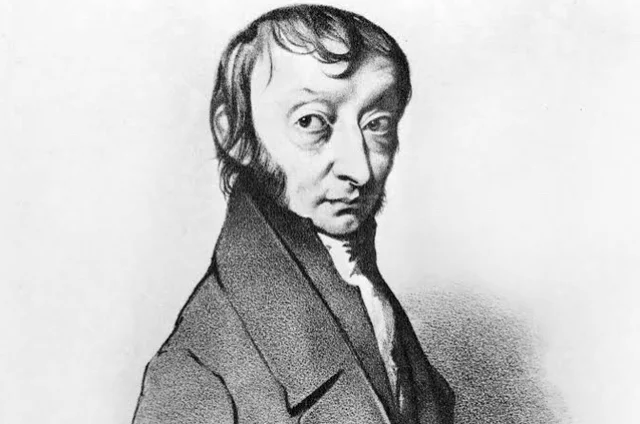 Amedeo Avogadro gas contains weight and doesn’t settle.
Amedeo Avogadro gas contains weight and doesn’t settle. -
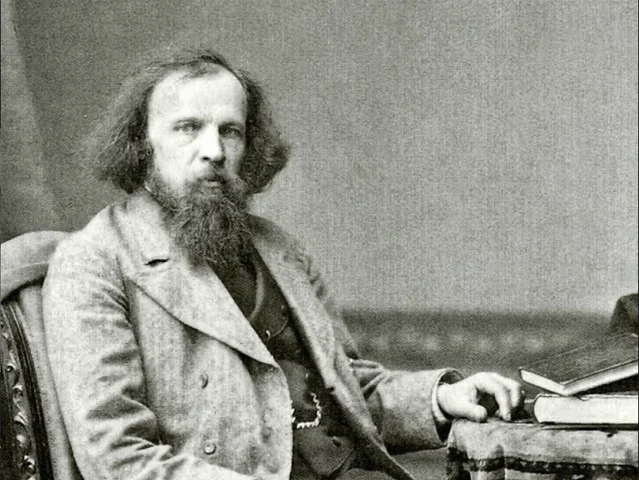 Dmitri Mendeleev classified elements on the periodic table.
Dmitri Mendeleev classified elements on the periodic table. -
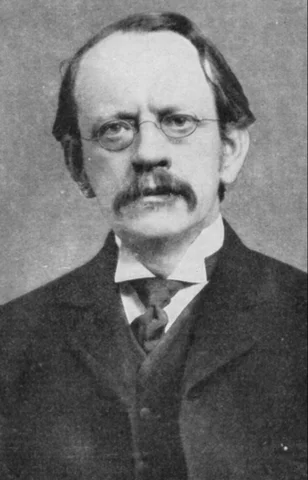 JJ Thompson provided a model of the atom. The model of the atom was continued to be used in science.
JJ Thompson provided a model of the atom. The model of the atom was continued to be used in science. -
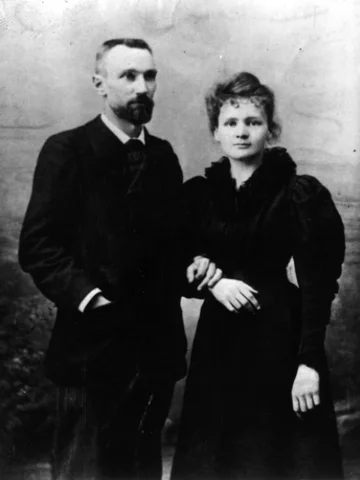 Pierre & Marie discovered the element polonium & Radium. Both elements on the periodic table now.
Pierre & Marie discovered the element polonium & Radium. Both elements on the periodic table now. -
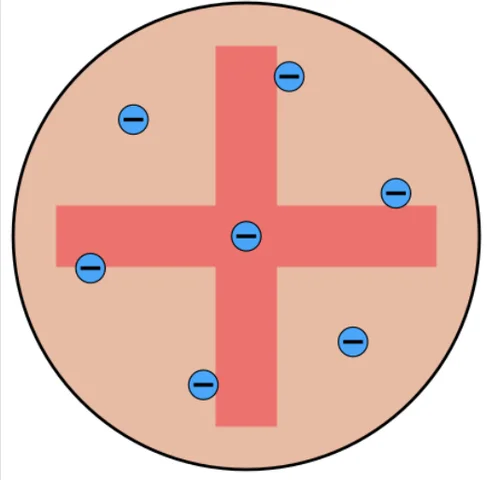 The electrons were in a uniformed sphere. Also they had a positive charge.
The electrons were in a uniformed sphere. Also they had a positive charge. -
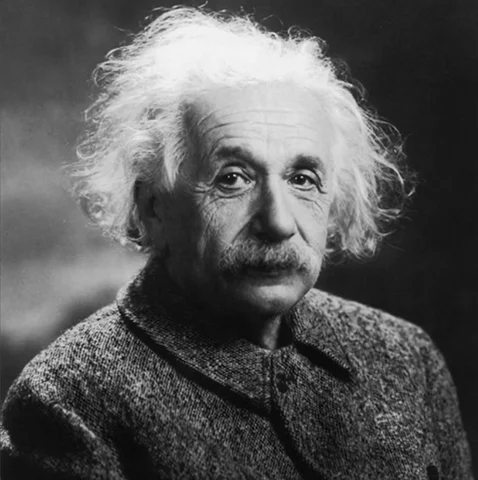 Albert Einstein, described each atom. He said it was an independent quantum harmonic oscillator with the same enfrenqueney.
Albert Einstein, described each atom. He said it was an independent quantum harmonic oscillator with the same enfrenqueney. -
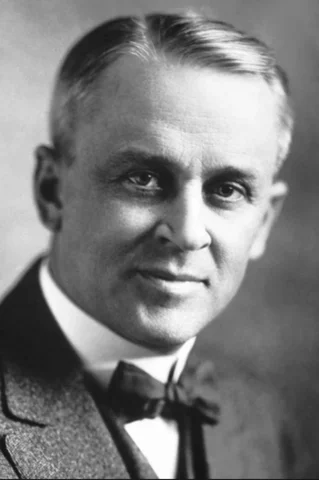 Robert Millikan said that electrons carried a charge. This charge was small at it flowed through electrons, in which electrons are small.
Robert Millikan said that electrons carried a charge. This charge was small at it flowed through electrons, in which electrons are small. -
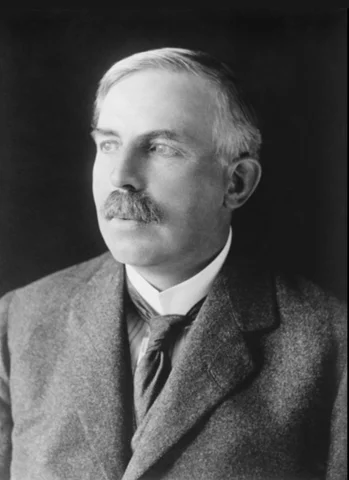 Ernest Rutherford established that the mass of the atom coordinates to the nucleus.
Ernest Rutherford established that the mass of the atom coordinates to the nucleus. -
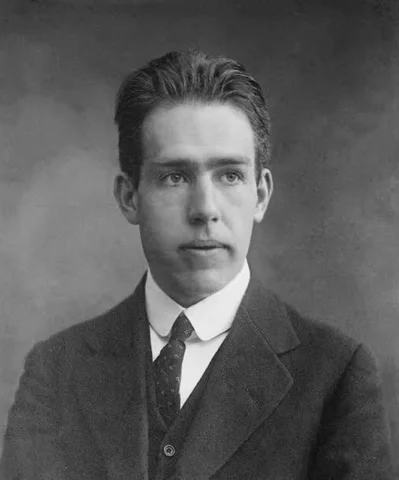 Neil’s Bohr proposed the theory of the Hydrogen atom. Proven to be a correct theory.
Neil’s Bohr proposed the theory of the Hydrogen atom. Proven to be a correct theory. -
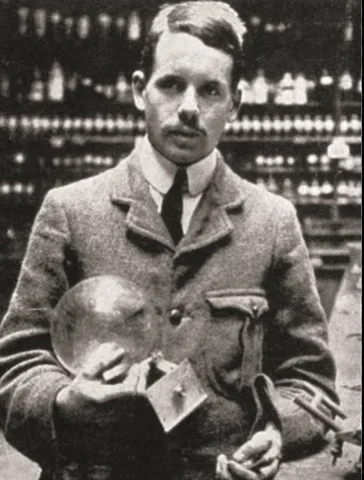 Henry G.J. Mosley published the atomic number formula. This formula was used after.
Henry G.J. Mosley published the atomic number formula. This formula was used after. -
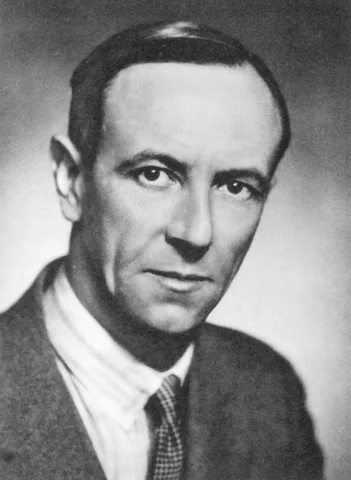 James Chadwich proved that the elements particle had electrical charge.
James Chadwich proved that the elements particle had electrical charge. -
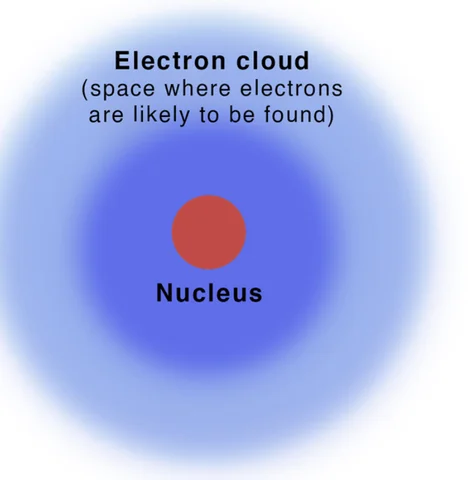 A standard model of small particles. Still study today to see any patterns or changes.
A standard model of small particles. Still study today to see any patterns or changes.